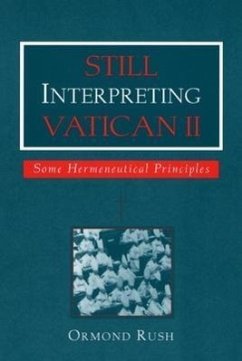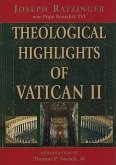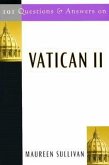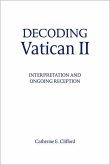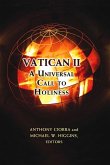In this original book, Ormond Rush makes a significant contribution to the growing body of scholarship on Vatican II. He proposes that a comprehensive interpretation of Vatican II requires that the interpreter not only attempt a reconstruction of the "spirit" of the council emerging during the conciliar debates, but also take into account the various linguistic dimensions of the "letter" of the documents. Attention to genre, structure, rhetoric, intratextuality and intertextuality are all significant in reconstructing the "letter" of the council. In addition, he states that reconstruction of the "spirit" and "letter" must be supplemented by attention to another factor: the post-conciliar reception of the council from different contexts throughout the world over the last forty years. All three of these phases of interpretation must be kept in correlation. The book ends with a proposal for a reception pneumatology that calls for greater recognition of the work of reception as the work of the Holy Spirit of the council. Highlights: --fills a significant gap in the debate regarding Vatican II: clarity in the discussion regarding hermeneutical principles --no book in any language focuses specifically on the principles for interpreting Vatican II --calls for a more comprehensive approach that includes not only attention to the process of original formulation, but also to the texts in themselves --suggests a way through the current impasse in the interpretation of Vatican II +

